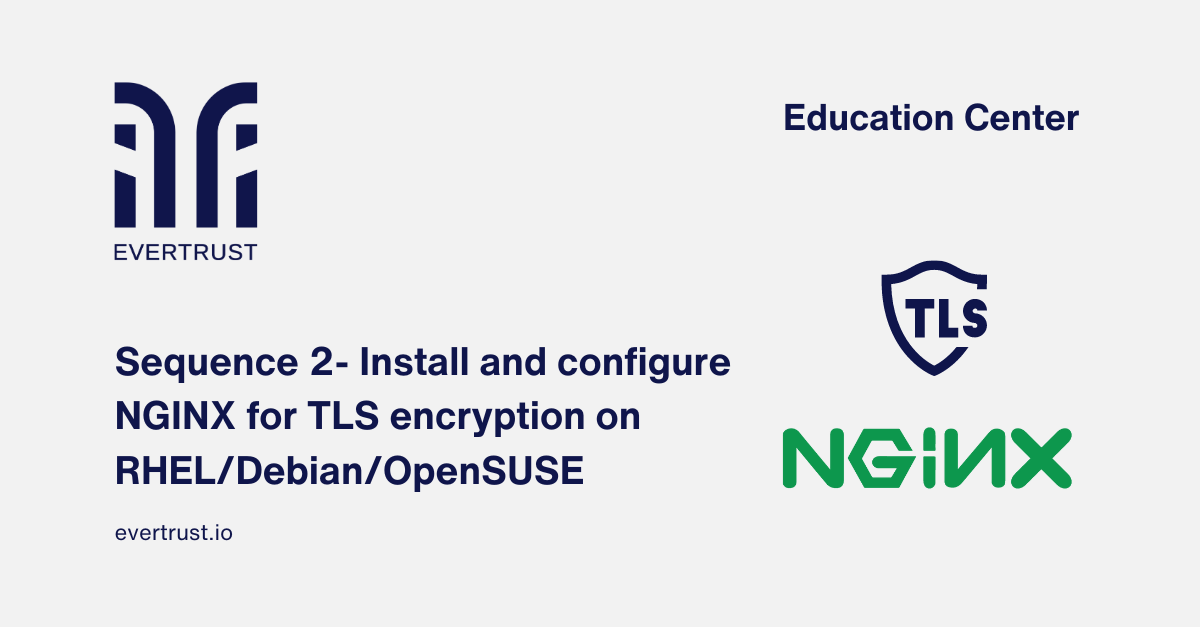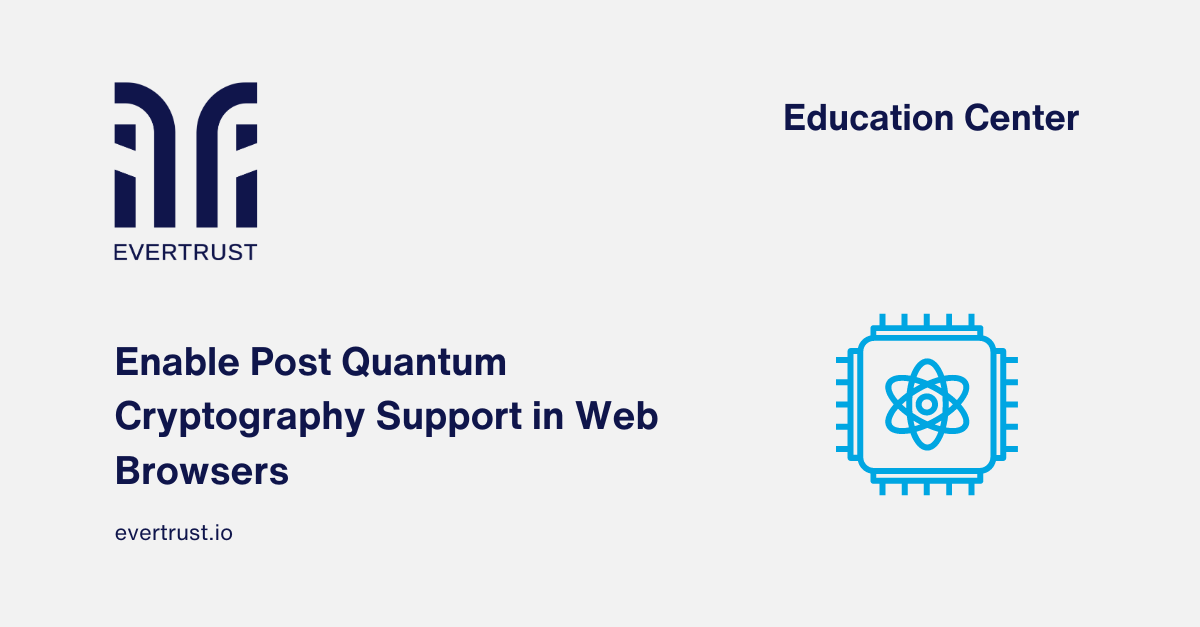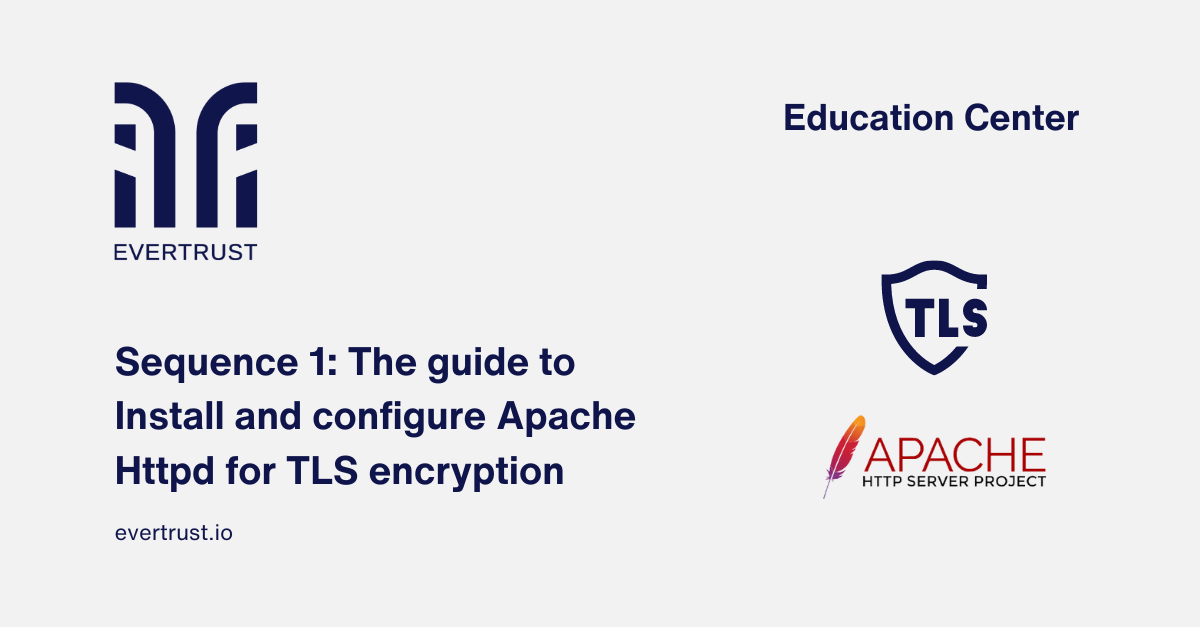Published on
Invalid Date
Digital Sovereignty : what is it and why is it important for your Certificates Management?
In boardrooms across Europe, a quiet revolution is brewing. Tech leaders are waking up to a sobering reality: the digital infrastructure they've built—worth billions and supporting entire economies—rests on foundations they don't control. The culprit? Certificate management and the invisible dependencies lurking within.
Sounds dramatic? Perhaps. But as European businesses discover the hidden dependencies in their digital infrastructure, many are asking an uncomfortable question : who actually controls our online identity?
What Digital Sovereignty actually means
Digital sovereignty isn't just another technical requirement to tick off your compliance checklist. It's about power and control in their most practical forms: Who makes decisions about your organization's digital presence? Whose rules govern your data? And crucially—who can pull the plug when geopolitical tensions rise? At its essence, digital sovereignty spans three critical layers:
Physical infrastructure (the hardware and networks)
Code and standards (the rules of the digital game)
Data flows (what information goes where and who controls it)
For European organizations, the stakes couldn't be higher. The EU has recognized this with ambitious legislation like the Digital Markets Act, Digital Services Act, and AI Act—all aimed at carving out European digital autonomy in a world dominated by American and Chinese tech giants.
Why should you care?
You might be thinking, "My business runs fine, why rock the boat?" Fair question.
Let us paint you a picture :
Imagine you're running a major European financial institution. Your security systems are state-of-the-art. Your data centers gleam with efficiency. Your compliance team dot every 'i' and cross every 't'. But there's a catch. The digital certificates that authenticate your entire online presence (your websites, your APIs, your internal communications) are issued by Certificate Authorities (CAs) based in the United States. You didn't think twice about it. Everyone uses them, right?
In fact, research shows that over 75% of certificates used by both EU and BRICS organizations come from Certificate Authorities based in the United States. Then one morning, you wake up to find that due to an escalating diplomatic dispute, those certificates have been revoked. Overnight, your customers can't access your services. Your internal systems flash warning messages. Your digital identity has essentially been erased.
"That's far-fetched!" you might protest. Is it, though? "Most CIOs would be shocked to discover how much of their digital identity is controlled by foreign entities," notes a recent European Parliamentary Research Service assessment. "This centralization creates strategic vulnerabilities that could be exploited during periods of regulatory changes or geopolitical tensions."
Indeed, these seemingly mundane digital files are actually the identity documents of the internet. They authenticate your websites, secure your communications, and establish trust in your digital services. Without them, your organization effectively ceases to exist online.
The browser gatekeepers
The power dynamics become even clearer when you consider who ultimately decides which Certificate Authorities are trustworthy: browser vendors.
Your digital certificates aren't just technical formalities; they're the passport control of the internet. They decide who gets in, who stays out, and who's allowed to exchange sensitive information.
When a user connects to your website, their browser doesn't just take your word that you are who you claim to be. It checks your certificate, traces it back to its issuing authority, and makes a split-second decision: trust or don't trust.
Now consider this : the companies who determine which Certificate Authorities deserve this trust are predominantly American tech giants. Google, Mozilla, Microsoft, Apple, they decide which CAs get included in their browsers' trust stores.
Ready to secure your PKI infrastructure?
Discover how Evertrust can help you manage your certificates efficiently and securely.
Get StartedEven if your country creates its own CA infrastructure, it remains at the mercy of these gatekeepers. Without their blessing, your certificates might as well be written on papyrus scrolls.
Taking back control
The good news is that European organizations now have viable alternatives. A new generation of European certificate management and PKI solutions offers ways to reduce dependency while maintaining global compatibility.
Take certificate management. European solutions like Evertrust CLM offer comprehensive certificate lifecycle management that works with both European and international PKIs. This means you can maintain visibility and control over your certificates while reducing dependencies on foreign entities.
Similarly, European PKI solutions like Evertrust PKI provide complete authority over your certificate ecosystem—from issuance to revocation. These solutions are designed with European values and regulations in mind, helping organizations maintain compliance with EU frameworks.
These solutions don't force organizations to make binary choices between European isolation and American dependency. Instead, they offer nuanced approaches that balance sovereignty with global interoperability.
Building your certificate sovereignty roadmap
If you're serious about digital sovereignty, here's how to reclaim control of your certificate ecosystem :
1. Discover your dependencies
Begin with a comprehensive audit of your certificate ecosystem. Which certificates do you have? Who issued them? Where are they deployed? What would happen if they were suddenly revoked?
Most organizations discover hundreds or thousands of certificates they didn't know existed, each representing a potential sovereignty gap. Evertrust CLM's discovery module automates this process, finding certificates across your network—even those buried in forgotten corners of your infrastructure. Its network scanning capabilities can identify certificates regardless of where they're deployed, giving you a complete picture of your certificate landscape without the months of manual effort typically required.
2. Establish governance frameworks
Digital sovereignty requires clear policies, roles, and decision-making structures. Define who's responsible for certificate management decisions and establish guidelines that balance technical, business, and sovereignty considerations.
Want to learn more about certificate management?
Download our comprehensive guide to PKI best practices and implementation strategies.
Download GuideEvertrust CLM's policy enforcement capabilities allow you to codify these governance frameworks into automated rules. You can set restrictions on which Certificate Authorities are permitted, which cryptographic algorithms can be used, and who has authority to request or approve certificates—all aligned with your sovereignty goals and regulatory requirements.
3. Design your target state
Based on your risk assessment and strategic priorities, design a certificate infrastructure that enhances sovereignty while meeting your operational needs. This might include using European CAs for critical infrastructure, implementing multi-CA strategies, or bringing certain certificate functions in-house.
Evertrust PKI gives you the flexibility to implement this hybrid approach. You can maintain your own PKI for the most sensitive applications while still managing certificates from external providers through a single interface. This allows for a gradual transition toward greater sovereignty without disrupting operations.
4. Implement progressively
Transform your certificate ecosystem methodically. Focus first on the most critical certificates : those protecting key business functions and sensitive data. Implement modern certificate lifecycle management to reduce the risk of disruption during transitions.
Evertrust CLM's automation capabilities enable smooth transitions between certificate authorities. Its renewal workflows can automatically replace certificates as they approach expiration, allowing for methodical migration without service disruptions. Meanwhile, Evertrust PKI can be deployed alongside existing PKI solutions, enabling gradual adoption as your sovereignty strategy matures.
5. Monitor and adapt
Certificate sovereignty isn't a one-time achievement but an ongoing process. Monitor your certificate ecosystem continuously, adapt to changing regulations, and stay alert to geopolitical developments that might affect your digital sovereignty.
Evertrust CLM's monitoring dashboard provides real-time visibility into your certificate ecosystem, alerting you to upcoming expirations, policy violations, or unusual certificate activities. Its reporting capabilities allow you to track your progress toward sovereignty goals and identify areas requiring attention.
To conclude
Digital sovereignty doesn't require dismantling your entire technology stack or cutting yourself off from global networks. It starts with understanding your dependencies and taking practical steps to address the most critical ones. For many European organizations, certificate management represents an ideal place to begin:
The risks are significant but manageable
European alternatives exist and are mature
Implementation can be progressive
Benefits extend beyond sovereignty to security, compliance, and operational efficiency
Solutions like Evertrust CLM and Evertrust PKI offer practical paths forward—allowing organizations to enhance their digital sovereignty while maintaining the connections that power modern business. In a world where digital boundaries increasingly reflect geopolitical realities, taking control of your certificate infrastructure isn't just good security practice. It's essential business strategy for any European organization with an eye on the future.
After all, true sovereignty begins with controlling your own identity.
In the digital realm, your certificates are precisely that.





